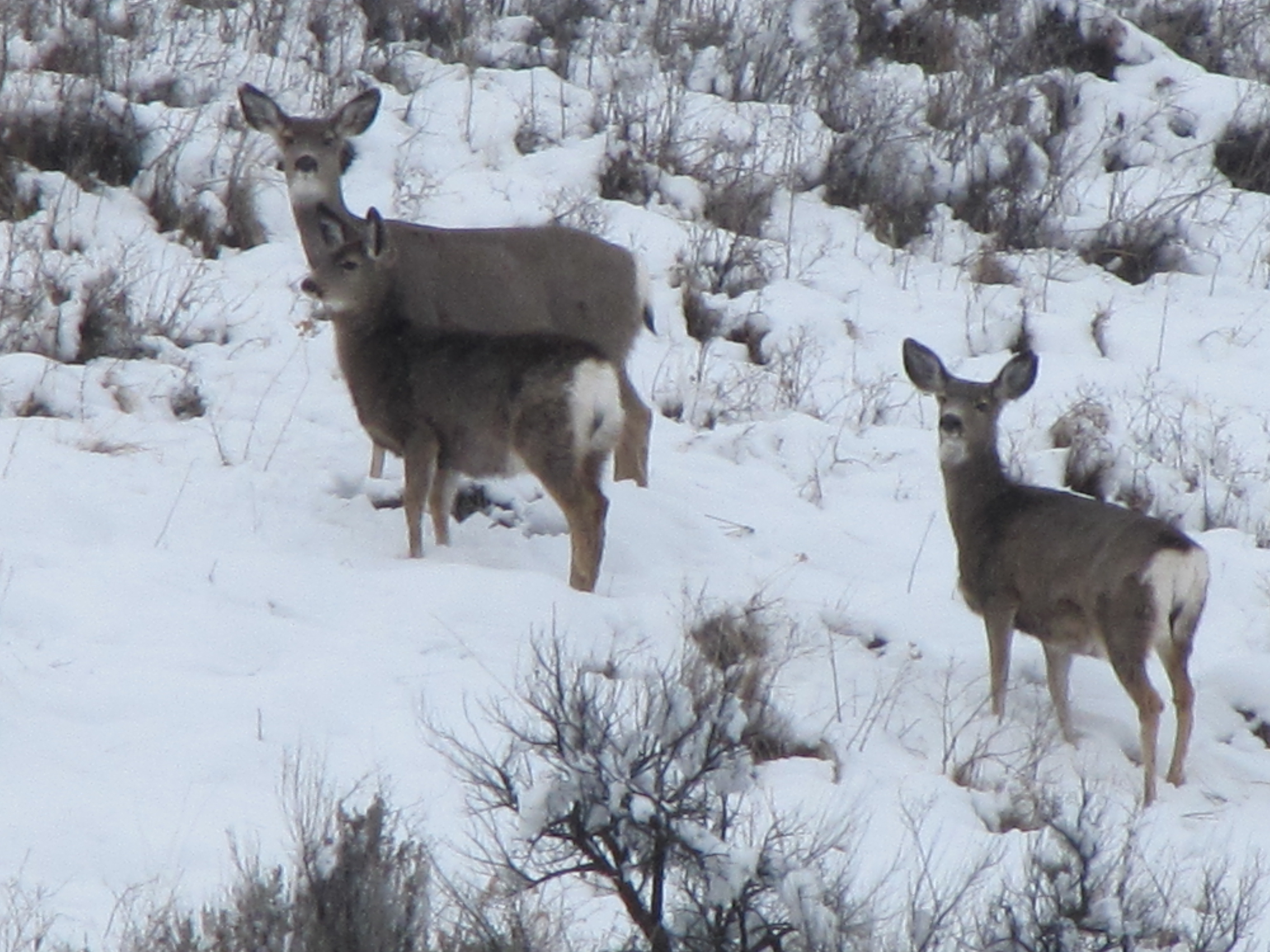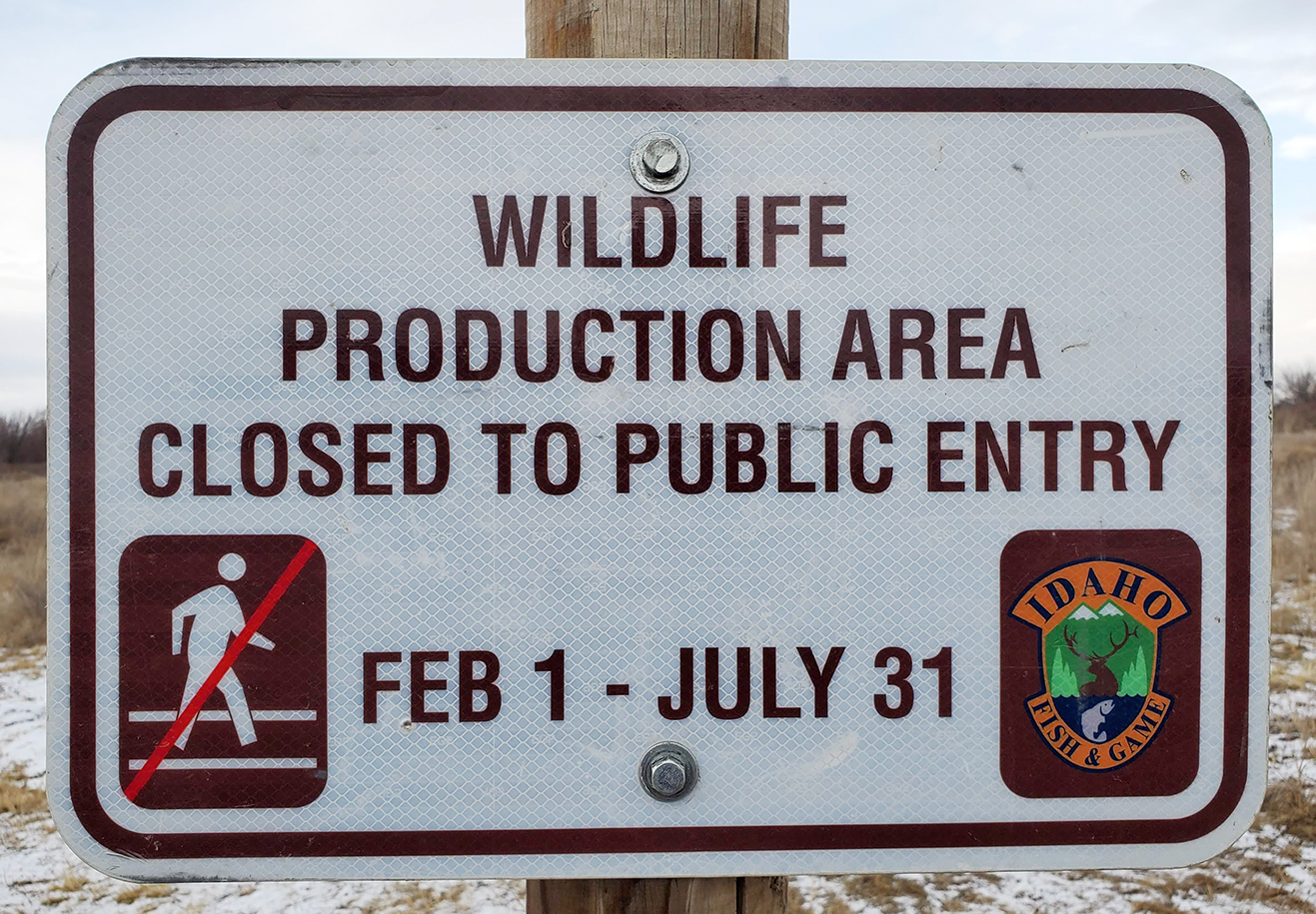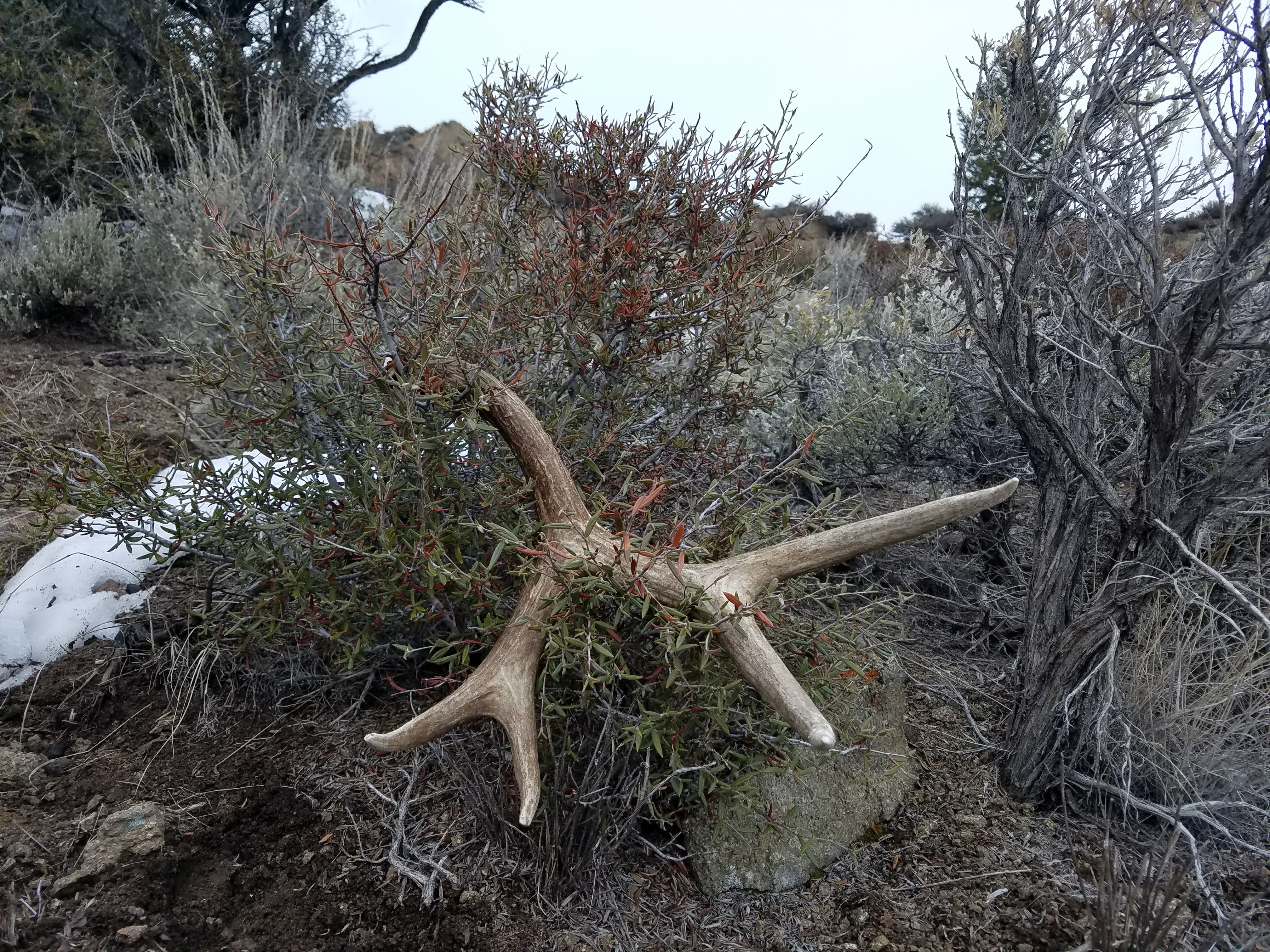While most people probably didn’t predict the severity of this winter, Fish and Game has been mindful of extreme snow depths in eastern Idaho and proactively eliminated most antlerless hunts initially proposed for the 2023-2024 season setting process.
“Before this winter hit, we’d been seeing steady growth in mule deer herds in southeast Idaho,” said Toby Boudreau, Fish and Game’s Deer and Elk Coordinator. “So much so that we were ready to propose additional antlerless hunt opportunities for the 2023 fall season.”







